As Omicron pushes Western countries towards reopening, Asia is hunkering down, sharpening an East-West divide on the balance between public health, the economy and basic rights and freedoms.
While the highly transmissible coronavirus variant is accelerating the move toward living with COVID-19 in Europe and North America, life in much of the Asia Pacific is little less restricted – and in some cases even more restricted – than at the start of the pandemic.
The widening divide comes even as many Asia Pacific countries boast vaccination rates higher than those of their Western counterparts.
The region’s ultra-cautious stance two years into the pandemic raises questions about its endgame as border controls and strict social distancing rules, although credited with achieving some of the world’s lowest death tolls, inflict growing social and economic costs.
“There is a certain level of Covid-related mortality that the society is willing to accept,” Cho Sung-il, a professor of epidemiology at Seoul National University in South Korea, told Al Jazeera.
“Individually, there is a certain level of Covid-related risk one is willing to accept, to balance against what one has to pay for it, in terms of social distancing plus vaccination. Asians may be valuing life over freedom, if culture matters at all. Maybe because we don’t have the strong memory of civil revolutions risking life for freedom.”
Mainland China and Hong Kong have stuck with a zero-tolerance approach to COVID-19 despite rising social and economic costs.
In mainland China, authorities have doubled down on a zero-tolerance approach that has resulted in the near-total shutdown of international travel and the imposition of harsher and more frequent lockdowns.
Hong Kong, which is grappling with its biggest outbreak of the pandemic, has closed schools, bars and gyms and banned dining-in at restaurants after 6pm. The Chinese-controlled territory, long branded “Asia’s World City,” ranks among the most isolated metropolises due to some of the toughest quarantine and border rules on earth. In a slight reprieve, authorities on Thursday announced they would cut the city’s mandatory hotel quarantine period for arrivals from 21 to 14 days.
In Japan, which is reporting close to 80,000 daily cases, borders remain closed to all non-residents, while “quasi-emergency” measures restricting opening hours for bars and restaurants are in place in 34 out of 47 prefectures.
South Korea, which like Japan has avoided full-scale lockdowns throughout the pandemic, requires arrivals to undergo 10 days of quarantine, limits private gatherings to six people, and banned restaurants, bars and gyms from operating after 9pm. Authorities, which on Friday reported more than 16,000 cases, are set to review the measures on February 6.
New Zealand, one of the most isolated countries during the pandemic, earlier this month postponed the release of new spots for its controversial quarantine lottery system – dismaying thousands of citizens stranded overseas who already face severe difficulties getting home.
In Europe, Denmark on Wednesday became the latest country to announce the end of almost all pandemic restrictions despite nearly 50,000 daily cases, a record high, following similar moves by the UK and Ireland earlier this month. Danish authorities said infections and serious illness had decoupled, while 30-40 percent of patients in hospitals with COVID-19 were there for other reasons. France also announced it would lift capacity for hospitality venues from next week.
Unlike in most of Asia, Europe and North America are largely open to quarantine-free travel for those who are vaccinated.
In 2021, air travel in the Asia-Pacific was down 93.2 percent compared with 2019, according to the International Air Transport Association, by far the steepest decline of any region.
‘Huge cost on people’
The relaxing of measures in many Western economies comes amid a growing belief that tightly controlling the spread of the variant is either practically impossible or no longer worth the economic and social costs.
In the Netherlands, where some of Europe’s toughest curbs are being eased after failing to stop cases reaching record highs, Health Minister Ernst Kuipers said maintaining harsh restrictions for longer would damage “our health and our society”.
While Omicron has put pressure on health systems due to its lightning spread, the variant has resulted in far fewer deaths than previous waves of the virus. Although believed to be two to three times more transmissible than the Delta variant, Omicron is associated with milder disease than its predecessor, with some public health experts comparing its effect on vaccinated individuals to the flu.
In an interview with the AFP news agency earlier this week, the World Health Organization’s director for Europe, Hans Kluge, said it was “plausible” that Omicron was pushing the region towards the end of the pandemic, although he stressed it was still too early to declare COVID-19 endemic.
Jeffrey Kingston, director of Asian Studies at Temple University in Tokyo, told Al Jazeera political considerations in different countries played a part, with Japanese Prime Minister Fumio Kishida’s tough border policies influenced by the downfall of his two predecessors over their handling of the pandemic.
“This imposes a huge cost on people – especially students who want to study here and families that want to be reunited,” Kingston said. “It is also harmful to the economy, slamming the hospitality industry, stoking a plague of bankruptcies among small owner-operated restaurants and bars and has driven tourist-oriented businesses to the brink. The transition from pandemic to endemic will happen but nobody knows when.”
But Kingston said there were also “good reasons for a degree of smugness” in East Asia after the region avoided the mass death seen in Europe and North America, with few people seeing “Western models as a lodestar”.
Although inflicting high costs, the Asia Pacific’s strict handling of the pandemic is averting significant loss of life even in the Omicron, post-vaccine era. The number of weekly deaths reported by mainland China, Hong Kong, Japan and South Korea combined remains roughly one-fifth of the toll in the UK – although that gap is likely to narrow considerably as Omicron takes off in the region.
The contrast in pandemic controls also does not split perfectly along East-West lines. In Asia, some tourism-dependent economies such as Thailand have taken a bolder approach to reopening borders. And some European countries such as Sweden and Poland have in recent days held the line on restrictions amid surging infections.
“I think Asian countries do in general have an expectation of getting back to normal as well, but perhaps more cautiously than some other parts of the world,” Ben Cowling, an infectious disease epidemiologist at the University of Hong Kong, told Al Jazeera.
“Restrictions are just part of that caution. During the next few months I expect to see case numbers increasing to a peak, and then post-peak cautious relaxations of public health measures.”
Cho Sung-il, the Seoul National University professor, said he also expects the divide between more and less open societies to narrow as the Omicron variant spreads.
“I think it’s just that Omicron has not yet taken over here, because of slower spread thanks to the restrictions,” he said. “Once Omicron completely replaces all cases, the policy level will be set to keep the number of severe cases flat.”



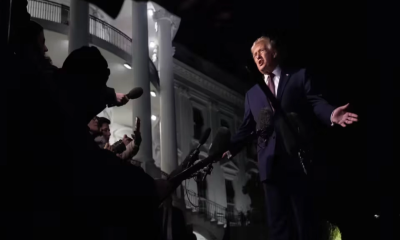
-20260103102222.webp)
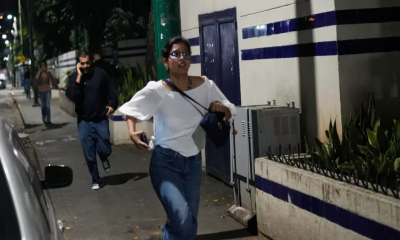
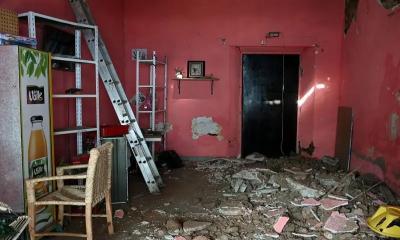
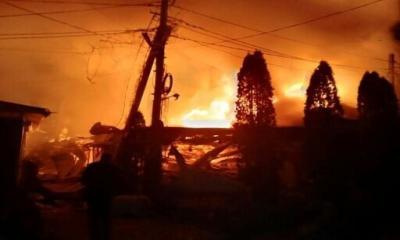

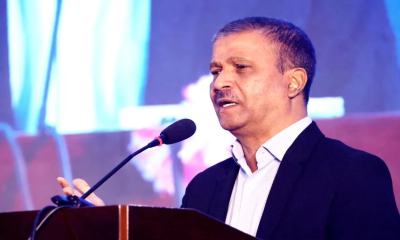
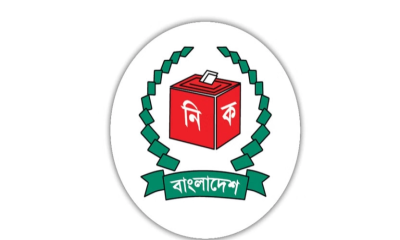

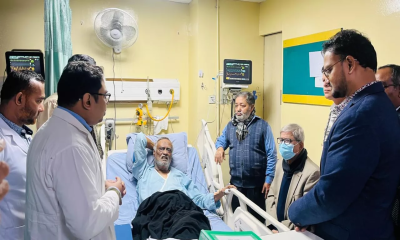
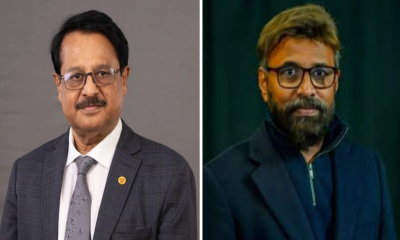

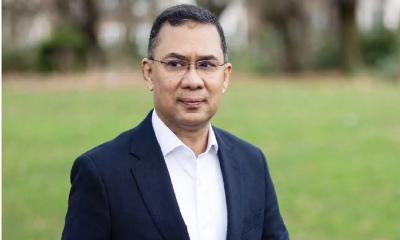

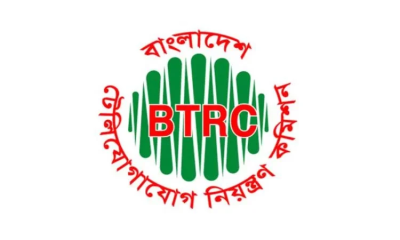
-20260103050848.jpg)

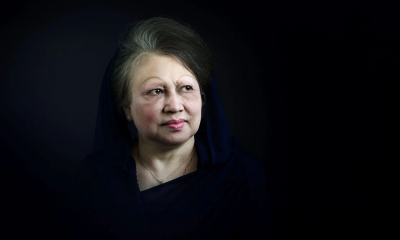
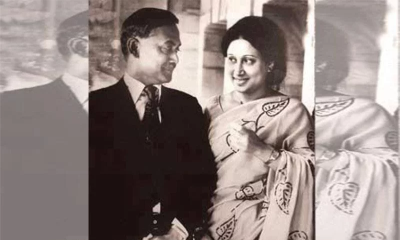
-20251227141313.jpeg)

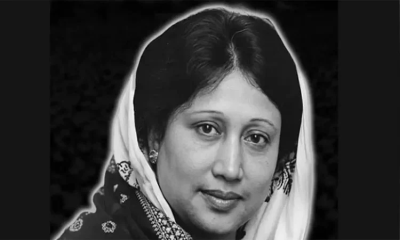

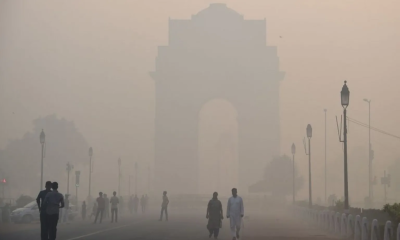

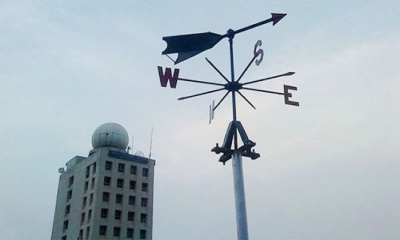

-20251229113834.jpg)
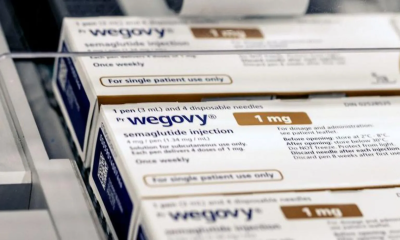
-20251228081840.jpeg)
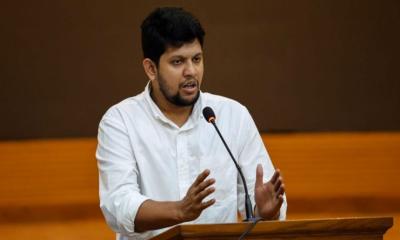
-20251228081915.jpg)